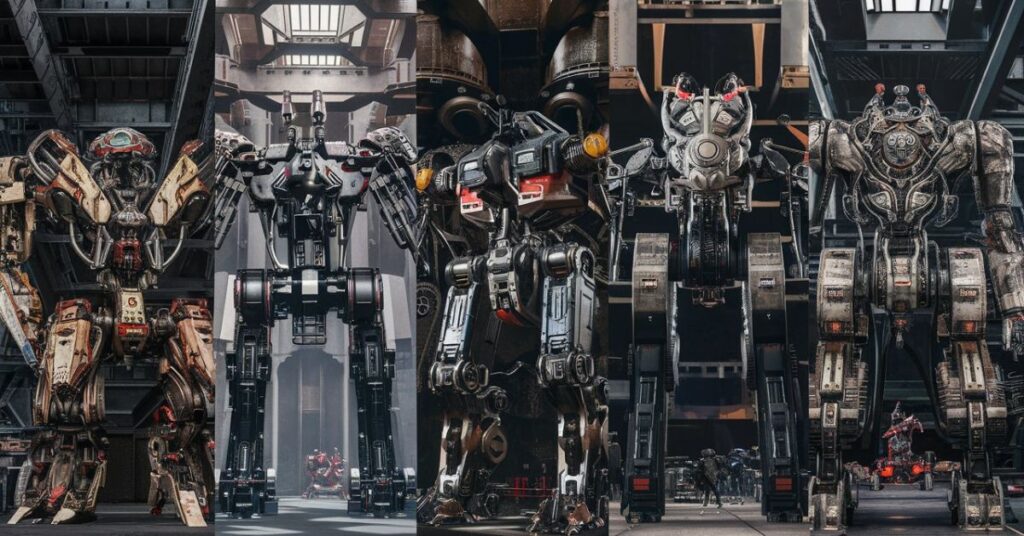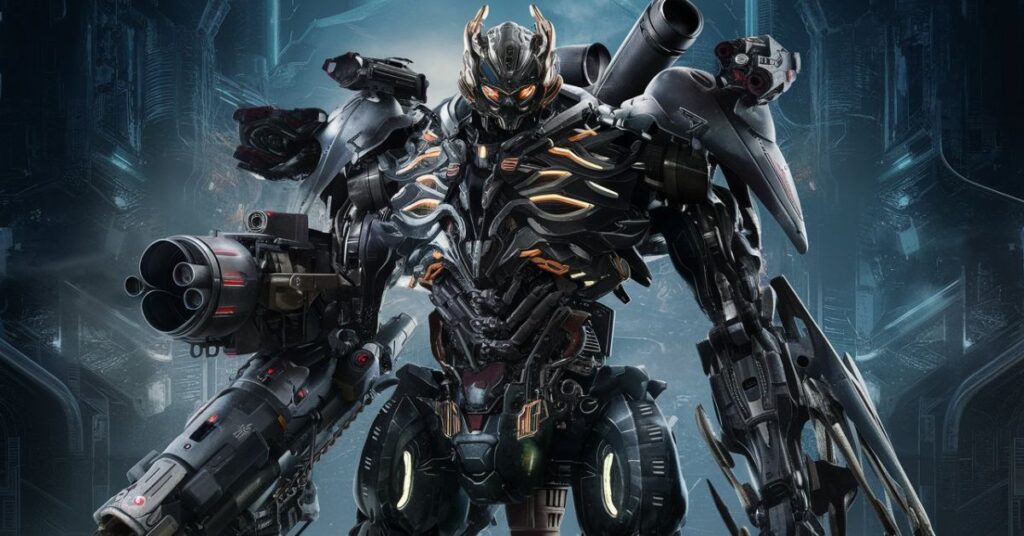Introduction to Mech Designs
Mech Designs are the foundation of numerous engineering innovations, influencing industries like automotive, aerospace, and robotics. They utilize physics, mathematics, and material science principles to create efficient solutions. The evolution of mech designs is driven by technological advancements and creative problem-solving, highlighting the ingenuity and craftsmanship behind these engineering marvels.
Evolution of Mech Designs
Mech design have evolved over centuries, focusing on basic tools and machinery. The industrial revolution transformed industries, leading to mass production and mechanization. Today, mech design incorporate cutting-edge technologies and interdisciplinary approaches, pushing the boundaries of engineering and beyond. Technological breakthroughs like computer-aided design and additive manufacturing have further revolutionized mech design processes.
Importance of Mech Designs
Mech design are crucial for innovation and progress in various industries, forming the backbone of products like automobiles and manufacturing equipment. They ensure efficiency, reliability, and functionality in consumer electronics and infrastructure projects, enabling engineers to create solutions and improve quality of life. Their importance extends beyond tangible products, shaping our lives, work, and interactions.
Principles of Mech Designs

Mech design, rooted in physics and engineering, aim to optimize performance, minimize costs, and minimize environmental impact. Key principles include load-bearing capacity, structural integrity, and energy efficiency. Engineers consider ergonomics, aesthetics, and manufacturability to create reliable, efficient, and safe products that meet user needs and exceed industry standards.
Role of Engineers in Mech Designs
Engineers are key in mech design, bringing expertise and creativity to the process. They conceptualize, design, and refine mechanical systems, collaborating with multidisciplinary teams to meet functional requirements and performance goals. They use advanced software tools and simulation techniques to optimize designs and oversee testing, validation, and implementation, ultimately shaping the world around us.
Challenges in Mech Designs
Engineers face numerous challenges in mech design, including balancing performance, cost, timeline, evolving technologies, and industry standards. They must also ensure compatibility with existing systems and infrastructure, and comply with environmental sustainability and regulatory compliance. Despite these challenges, engineers use their expertise and creativity to create successful designs that meet end-users’ and stakeholders’ needs.
Innovative Solutions in Mech Designs
Mech design are driven by innovative solutions, utilizing advanced technologies and creative thinking to address complex challenges. Integrated design approaches, digital twin technology, and collaborative platforms foster cross-disciplinary collaboration, enabling faster time-to-market and virtual prototyping. Continuous innovation allows mech design to evolve to meet modern society’s changing demands, ensuring performance and efficiency.
Applications of Mech Designs
Mech design are crucial in various industries, including automotive engineering, aerospace, robotics, renewable energy systems, manufacturing equipment, and biomedical devices. They design propulsion systems, chassis, safety features, and components for vehicles, aircraft, robotic arms, sensors, and locomotion systems. They also enhance automation, precision, and productivity in manufacturing equipment and machinery. Overall, mech design shape modern technology and infrastructure.
Sustainable Mech Designs
Sustainable mech design prioritize environmental responsibility and resource efficiency, minimizing carbon footprint and waste generation throughout the product lifecycle. Utilizing renewable materials and energy sources, these designs consider longevity, recyclability, and energy-efficient systems. End-of-life disposal and closed-loop recycling are also considered. Life cycle assessments inform design decisions, contributing to a greener future and more resilient ecosystems.
Cutting-Edge Technologies in Mech Designs
Mech design are being revolutionized by advanced technologies such as additive manufacturing, carbon fiber composites, and shape-memory alloys. Artificial intelligence and machine learning optimize design processes, while IoT connectivity allows real-time monitoring and control. Virtual reality and augmented reality enable immersive design visualization, while nanotechnology enables molecular precision engineering. These advancements shape the future of engineering.
Mech Designs in Everyday Life
Mech design are integral to everyday life, influencing household appliances, automotive systems, HVAC systems, consumer electronics, and even simple tools like door handles and light switches. They simplify daily tasks, regulate temperature and airflow, and enhance convenience and efficiency in daily routines. Their use in various industries contributes to the overall functionality and functionality of our daily lives.
Collaborative Approach to Mech Design
Successful mech design require a collaborative approach, involving engineers, designers, and technicians to brainstorm ideas and solve complex problems. Open communication fosters creativity and innovation, while collaboration extends to suppliers, customers, and partners. This approach helps overcome challenges, streamline workflows, and achieve superior results in mech design projects.
Future Trends in Mech Design
Emerging technologies and evolving needs are shaping future trends in mech design. Additive manufacturing, smart materials, artificial intelligence, sustainable design principles, collaborative robotics, and virtual reality simulations will revolutionize design. These trends will drive innovation towards eco-friendly solutions, renewable energy systems, and sustainable manufacturing. By embracing these trends, mech design will continue to evolve and meet the demands of a rapidly changing world.
Mech Design in Industry 4.0
Mech design are crucial in Industry 4.0, a fourth industrial revolution involving digitization and automation. They incorporate advanced technologies like IoT, AI, and robotics to create smart, interconnected systems. Digital twins enable real-time monitoring, while cyber-physical systems optimize performance. Additive manufacturing and collaborative robots enhance productivity in smart factories, driving the transformation of traditional industries towards Industry 4.0.
Conclusion
Mech Design is a leading innovator in engineering and technology, focusing on sustainability, collaboration, and cutting-edge technologies. Their collaborative approach fosters creativity, efficiency, and excellence in projects. Future trends like Industry 4.0 and smart technologies offer opportunities for further advancement. With ongoing innovation and interdisciplinary collaboration, will improve global quality of life.

